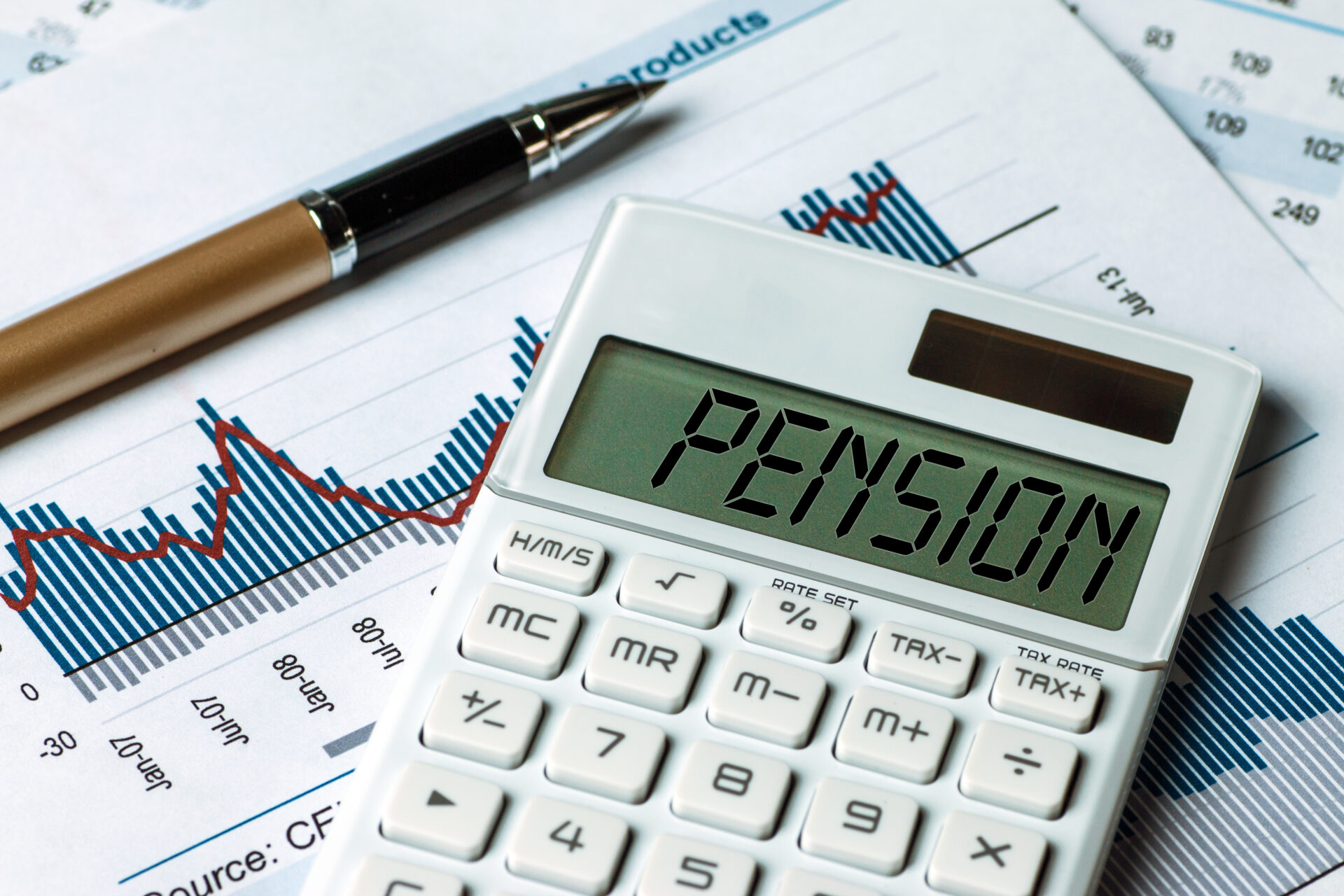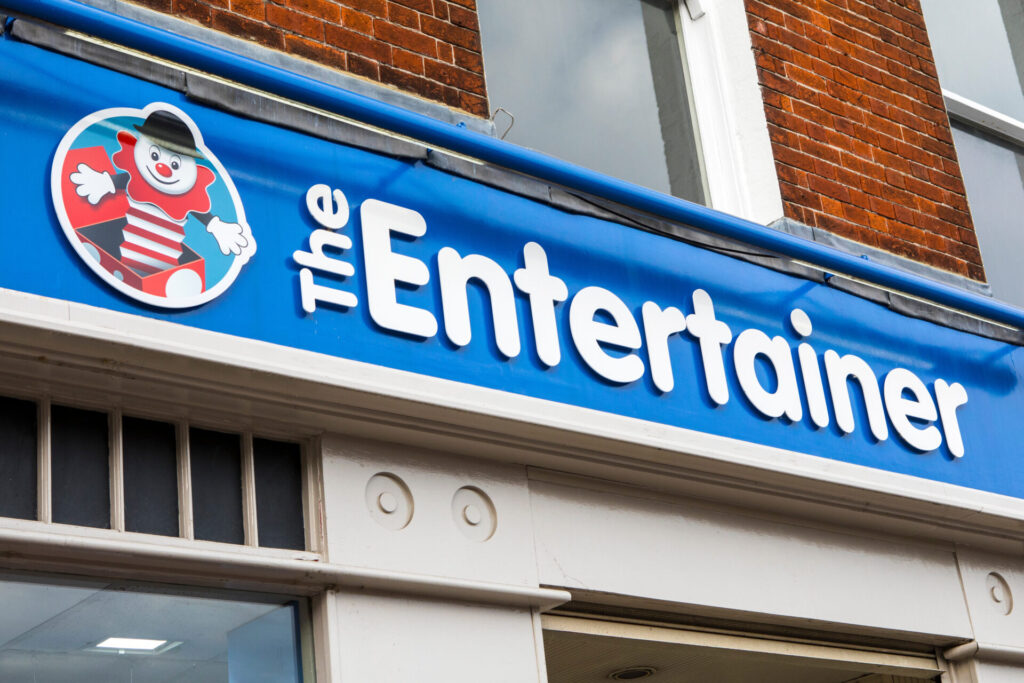Fewer than four in 10 people know they can pay into their partner’s pension, according to new research, with awareness levels varying sharply between age groups and income brackets.
A survey of 2,000 people carried out by Opinium on behalf of Hargreaves Lansdown in May 2025 found that only 34% were aware of the option, which allows contributions of up to £2,880 a year into the self-invested personal pension (SIPP) of a non-working spouse or child.
The Government tops this up to £3,600 with tax relief.
Younger people were more likely to know about the benefit, with 43% of those aged 18 to 34 aware, compared to just 25% of those aged 55 and over.
Awareness also rose steeply with income: 78% of additional rate taxpayers knew about the rule, compared to 61% of higher rate taxpayers and only 29% of basic rate taxpayers.
Helen Morrissey, head of retirement analysis at Hargreaves Lansdown, said: “The ability to pay into a partner’s pension is a little-known benefit that can make an enormous difference to your family’s retirement planning.
“You can pay up to £2,880 per year into the SIPP of a non-working spouse. Even though they are not working so not paying tax they will still get a tax relief top up from government taking it up to £3,600. It’s a powerful way to boost the retirement planning of a loved one who is taking time out of the workforce to care for children or other loved ones and can go a long way towards closing the gender pension gap that continues to yawn widely.”
Morrissey added: “You can still make payments to your partner’s pension even if they are working, as long as total contributions do not exceed their annual allowance. It’s a great way to make the most of any spare cash you have if you have made the most of your own pension allowances – the problem is not enough of us know about it.
“Overall, only a third of people knew that this was something they can do. Awareness seems to be more widespread among younger people, with 43% of those who are aged between 18-34 being aware compared to just 25% of those aged over 55.
“Higher earners tend to be much more aware – well over three quarters of additional rate taxpayers said they knew about it. This may well be because they are making use of it. 61% of higher rate taxpayers knew about the rule but only 29% of basic rate taxpayers did.”
Morrissey added that the benefit extends beyond partners, allowing contributions to the pension of a child through a Junior SIPP.
She said: “You can also contribute to the pension of a child through a Junior SIPP and get their retirement planning off to a flying start.
“As with a non-working spouse you can contribute up to £2,880 per year to a Junior SIPP and they will receive the government tax relief top up to £3,600. Even small contributions will make a difference.
“Combined with tax relief and long-term investment growth, these contributions can grow and give your child a real leg up the retirement planning ladder.”

















